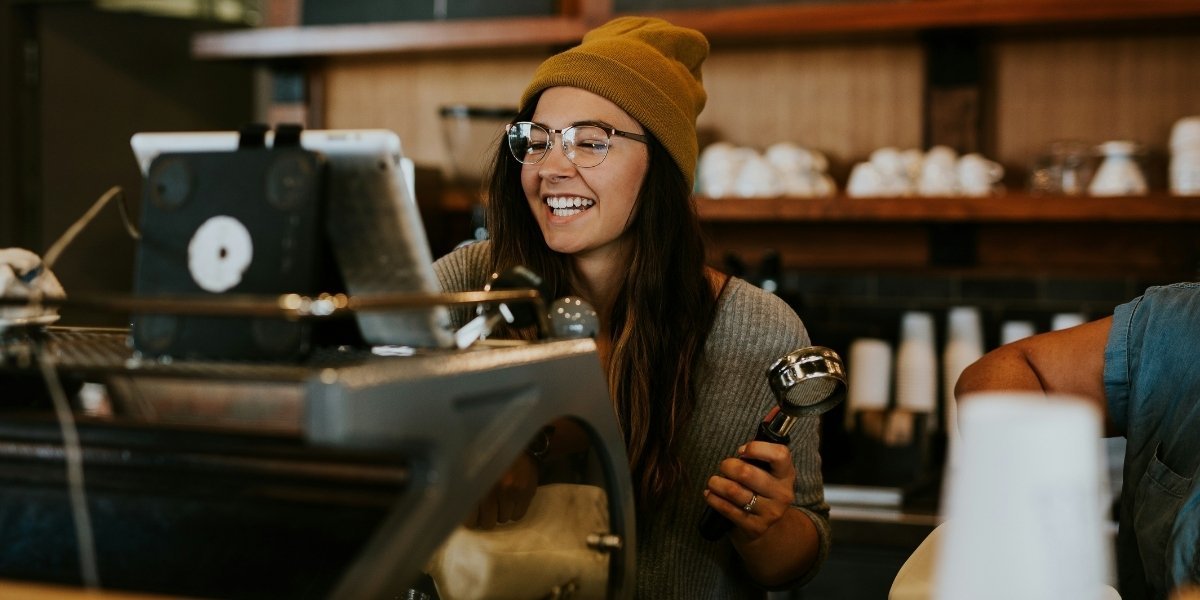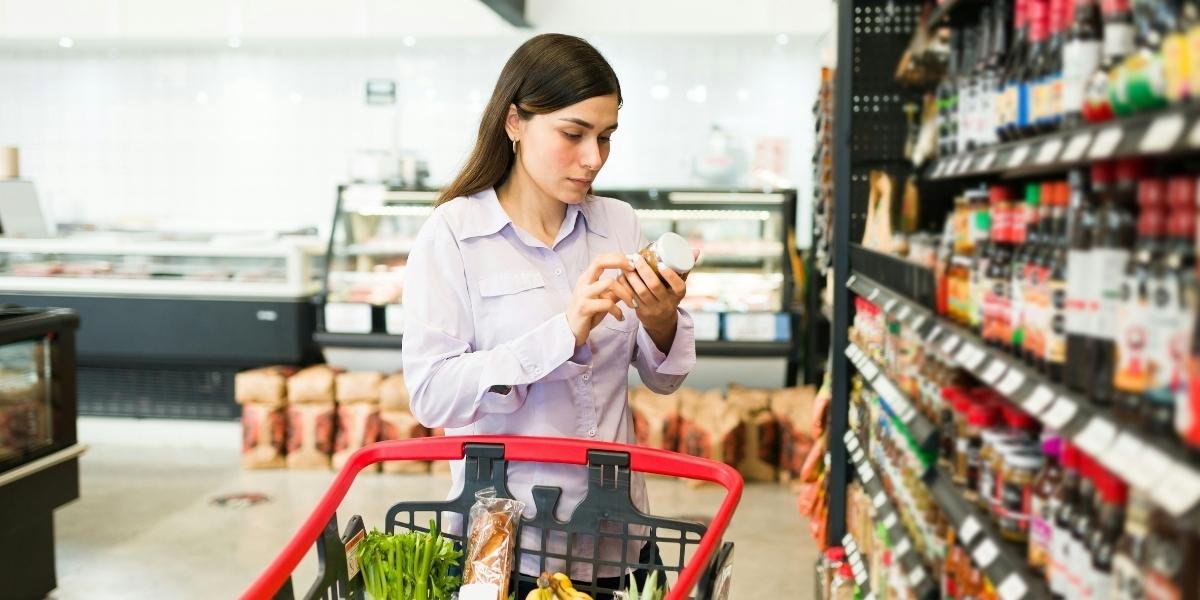Portland Leads U.S. Cities in Coffee Shop Density and Affordability
Portland now ranks #1 in the U.S. for coffee shop density and affordability, beating out cities like New York and Seattle. With over 3.5 coffee shops per 10,000 residents and prices still below the national average, Portland’s café culture is thriving, and it’s fueling everything from local hiring to tourism buzz.
Portland’s Coffee Shop Scene Is Brewing Big Wins
In 2025, Portland’s coffee shop culture isn’t just alive, it’s leading the nation. A recent WalletHub study placed the city at the top of the list for both coffee shop density and affordability, cementing its status as a national capital for caffeine lovers. With more than 800 coffee shops across the metro area, Portland has created a hyper-local ecosystem where espresso meets entrepreneurship.
What sets Portland apart isn’t just the number of coffee shops, it’s the experience. From minimalist micro-roasters in the Pearl District to cozy, plant-filled cafés in Sellwood, each coffee shop offers a unique vibe and community connection. These aren’t just places to grab a cup, they’re where Portlanders work, meet, create, and recharge.
Affordability is another key ingredient. While national coffee prices have surged due to global supply chain issues, Portland’s average cup still rings in under $4. That’s a win for residents and a draw for tourists, especially those who plan their visits around the city’s café culture. The balance of quality and cost is helping Portland’s coffee shop economy thrive without pricing out its loyal base.
Coffee Shops Are Powering Local Hiring and Economic Growth
Behind every Portland coffee shop is a team of baristas, bakers, roasters, and logistics pros, and demand for talent is rising. As the city’s café footprint expands, so does its impact on private hiring. Many shops are actively recruiting ahead of the holiday season, offering flexible roles and career pathways in hospitality, food service, and operations.
This hiring trend is especially important as Portland navigates broader economic shifts. While some industries face layoffs and restructuring, coffee shops are absorbing displaced workers and offering community-based employment. It’s a local solution to a national challenge, and it’s working. The rise in private hiring within the coffee shop sector is helping stabilize the job market and keep Portland’s economy moving.
Coffee shops are also doubling down on quality. As highlighted in Portland News’ feature on ingredient-driven food promotions, many cafés are sourcing organic beans, sustainable milk alternatives, and locally baked goods. These choices support Oregon farms and small producers, creating a ripple effect that benefits the broader regional economy.
The Portland Coffee Festival: A Celebration of Local Flavor
If there’s one event that captures the spirit of Portland’s coffee shop scene, it’s the annual Portland Coffee Festival. Held each fall, the festival draws thousands of residents and visitors for tastings, workshops, and latte art competitions. It’s a celebration of local brews, barista talent, and the city’s deep-rooted love for coffee.
This year’s festival featured over 100 vendors, including new micro-roasters from Southeast Portland and established names like Stumptown and Coava. Attendees sampled single-origin pours, learned about bean sourcing, and explored the science behind espresso extraction. As covered in Portland News’ spotlight on local brews at the 2025 festival, the event isn’t just fun, it’s a platform for small businesses to gain visibility and grow.
The festival also boosts seasonal hiring. Vendors bring on temporary staff to manage booths, logistics, and customer service, many of whom transition into long-term roles. For young professionals and students, it’s a gateway into Portland’s vibrant coffee shop economy.
Coffee Shops as Cultural Anchors in Portland Neighborhoods
Portland’s coffee shops aren’t just businesses, they’re community hubs. In neighborhoods like Alberta, Hawthorne, and Mississippi, cafés serve as gathering spaces for artists, activists, and entrepreneurs. They host open mics, pop-up markets, and book clubs. They’re where Portland’s creative energy finds a home.
This community-first model is part of why the city’s coffee shop scene continues to grow. Residents don’t just visit cafés, they build relationships with them. Regulars know their baristas by name, and many shops offer loyalty programs, local discounts, and collaborative events with nearby businesses.

Photo Credit: Unsplash.com
Coffee shop density also supports walkability and urban vitality. With so many options within a few blocks, residents can explore new flavors without hopping in a car. That’s good for the environment, good for local commerce, and good for Portland’s identity as a city that values connection over convenience.
What’s Brewing Next for Portland’s Coffee Shop Economy?
As 2025 winds down, Portland’s coffee shop sector shows no signs of slowing. New cafés are opening in underserved areas, mobile coffee carts are popping up at farmers markets, and roasters are experimenting with sustainable packaging and zero-waste models. The city’s coffee economy is evolving, and it’s bringing residents along for the ride.
Private hiring will remain a key part of this growth. As demand rises, so will the need for skilled baristas, logistics coordinators, and café managers. Coffee shops are also investing in workforce development, partnering with local nonprofits and training centers to build pipelines of job-ready talent. Internal mobility programs are gaining traction, allowing employees to shift roles without leaving the company.
Portland’s coffee shop scene isn’t just about flavor, it’s about opportunity. And with affordability still intact, it’s one of the few sectors where residents can enjoy quality without compromise. Whether you’re sipping a cortado in a converted garage or grabbing a cold brew from a bike-powered cart, one thing’s clear: Portland’s coffee shop culture is more than a trend, it’s a movement.






